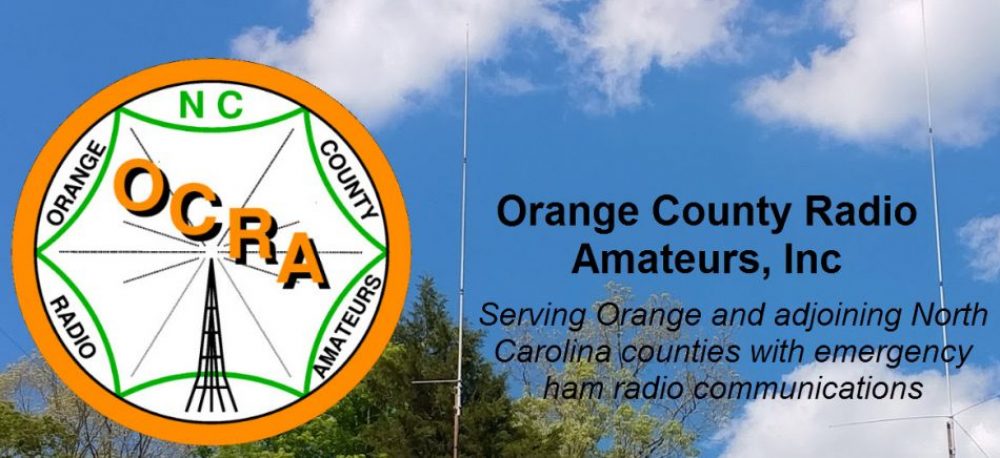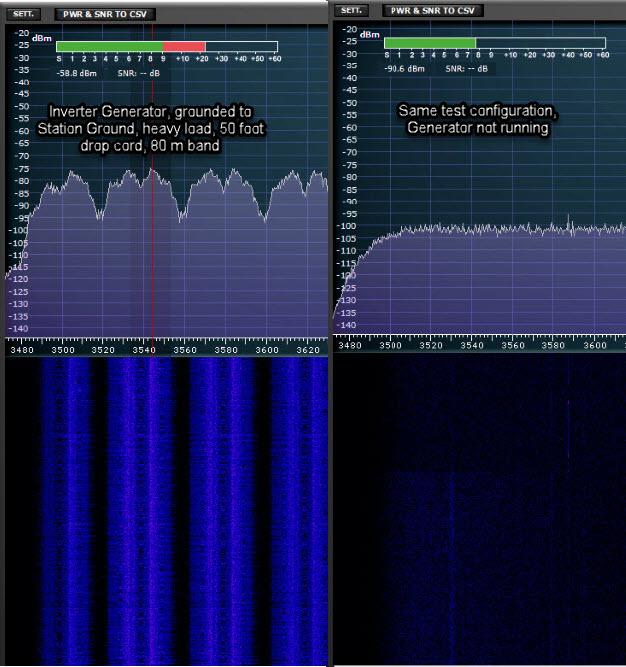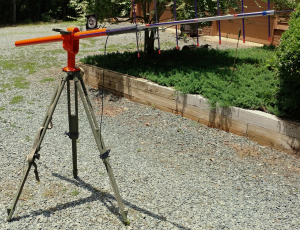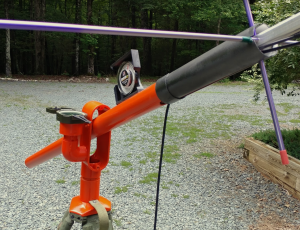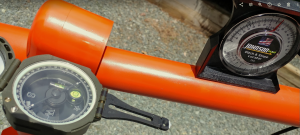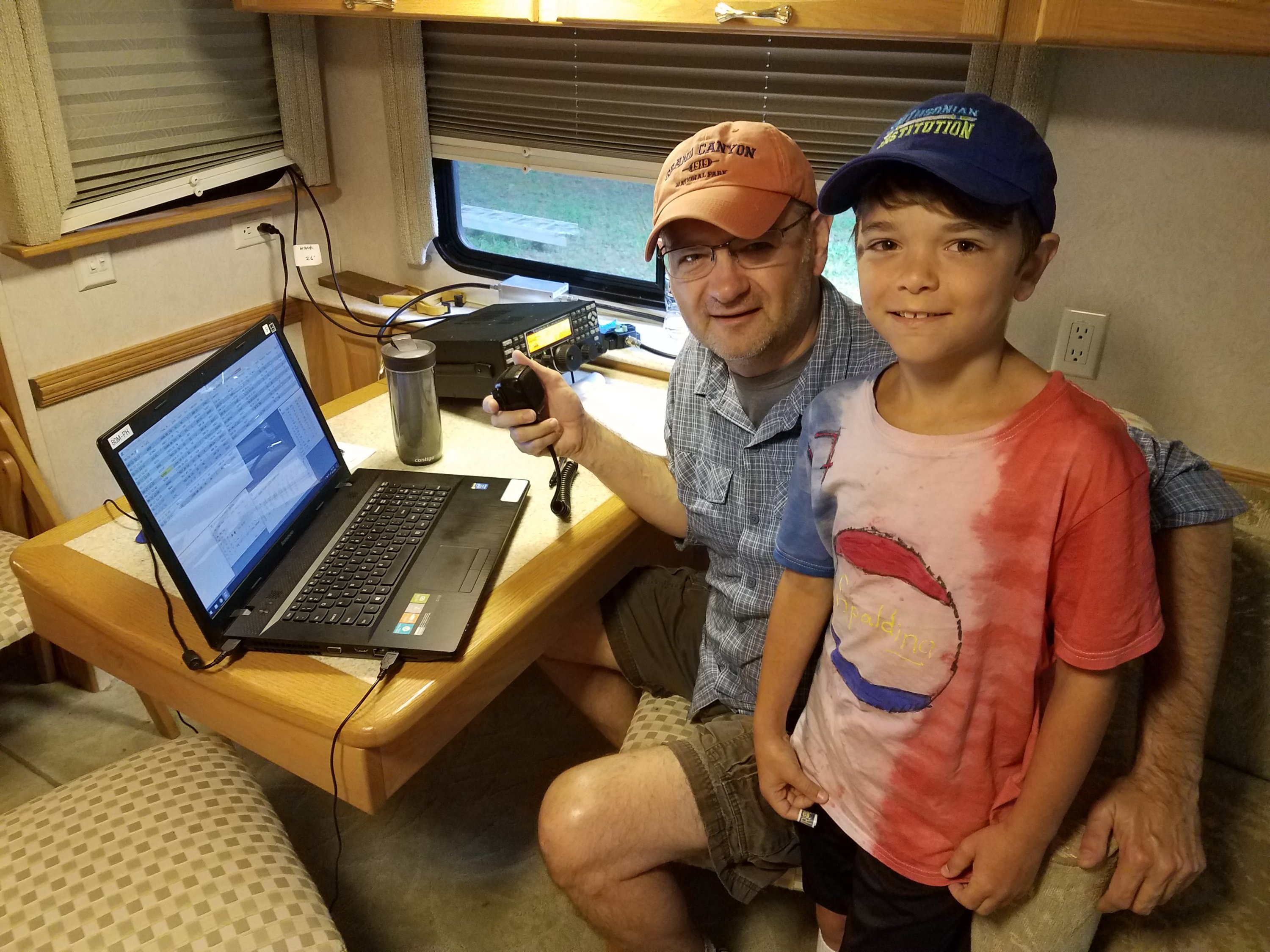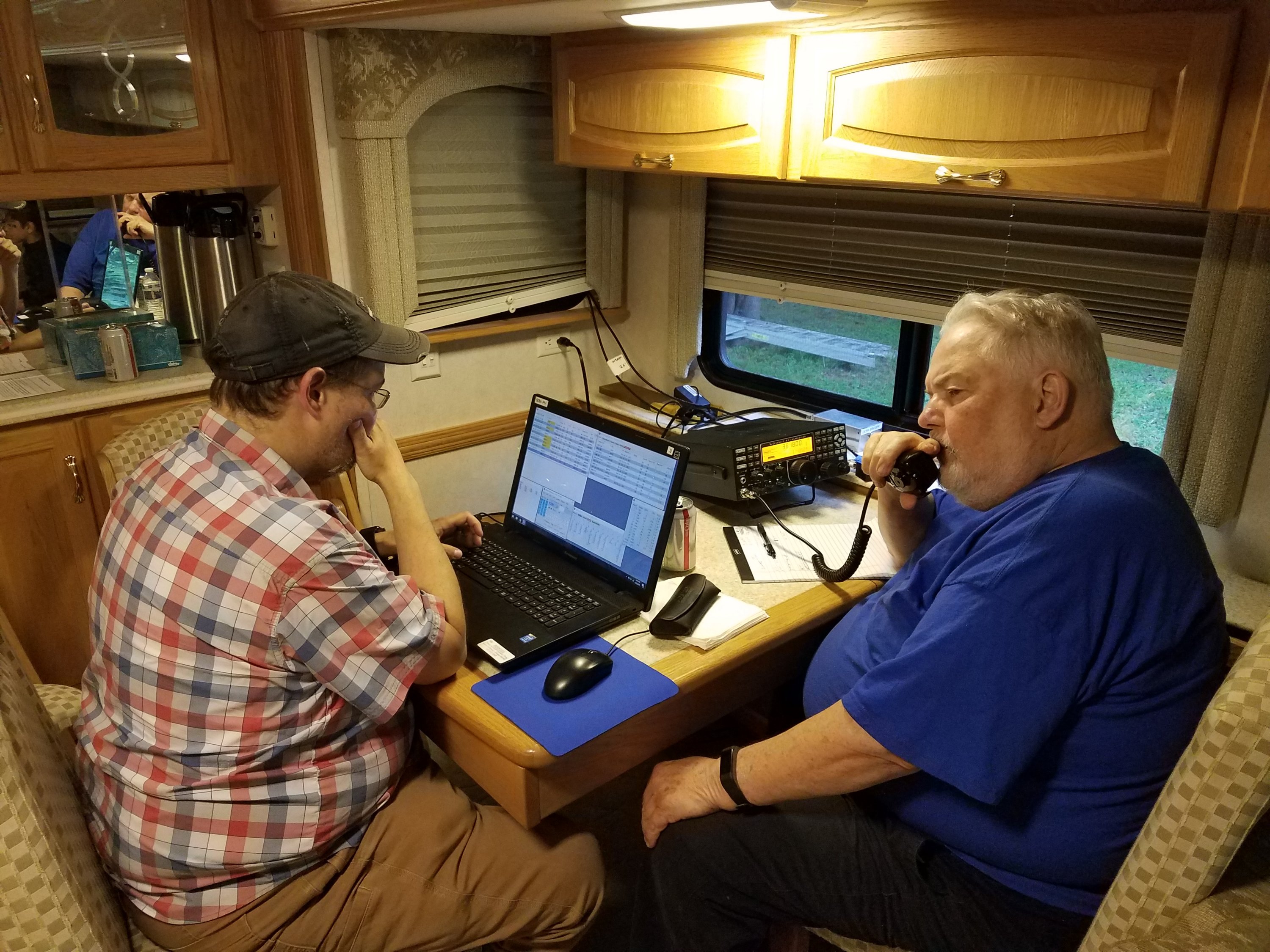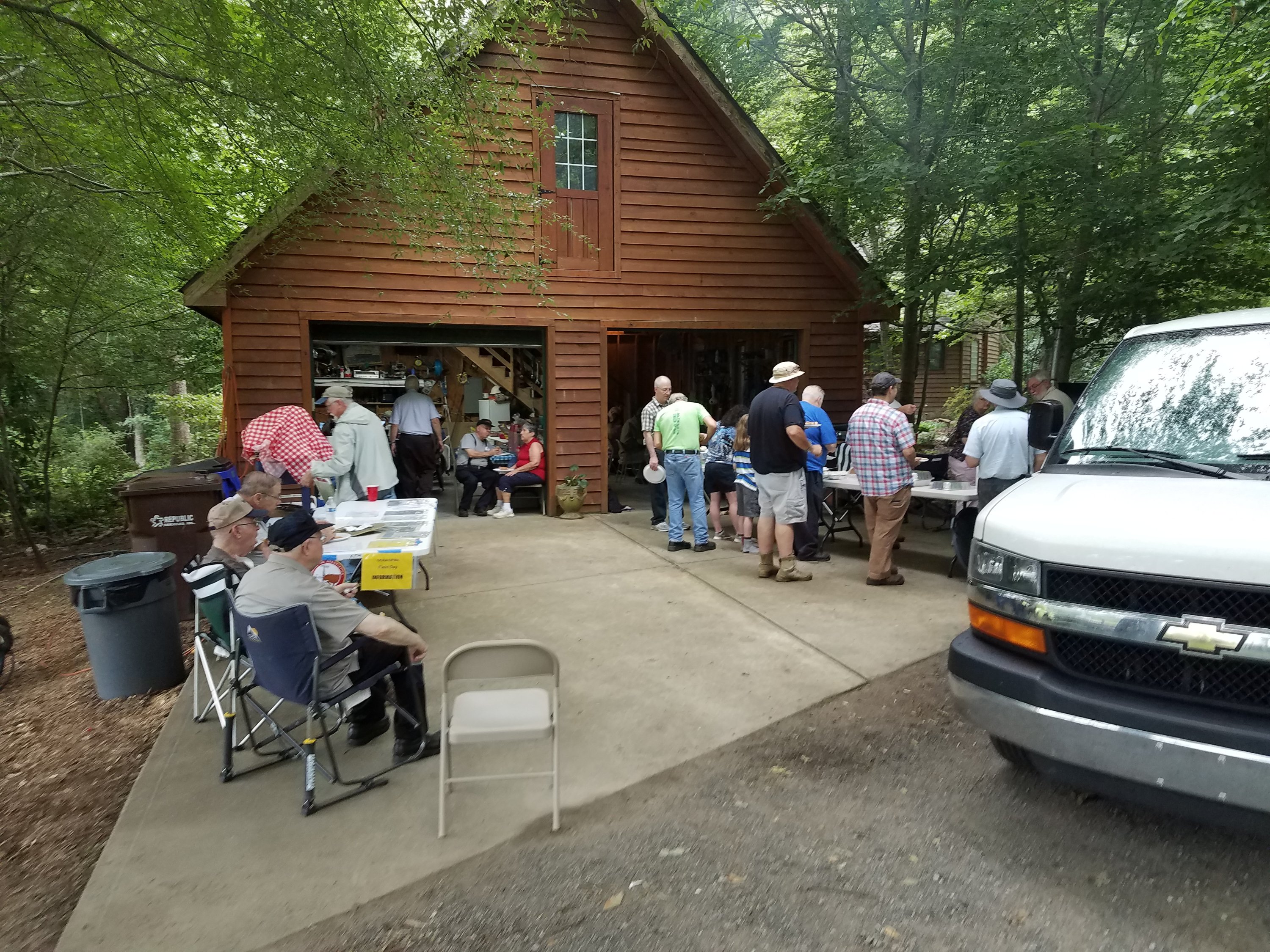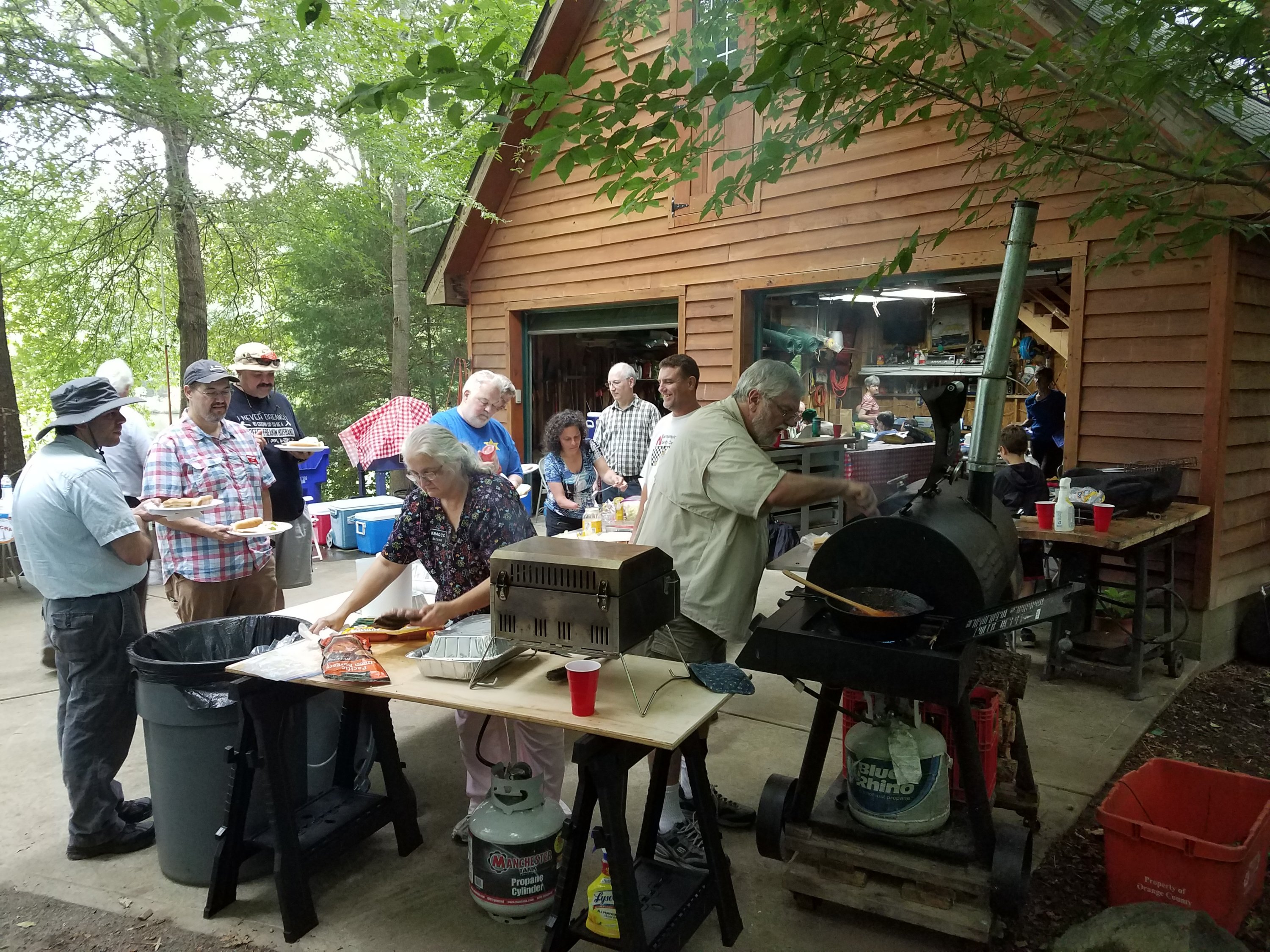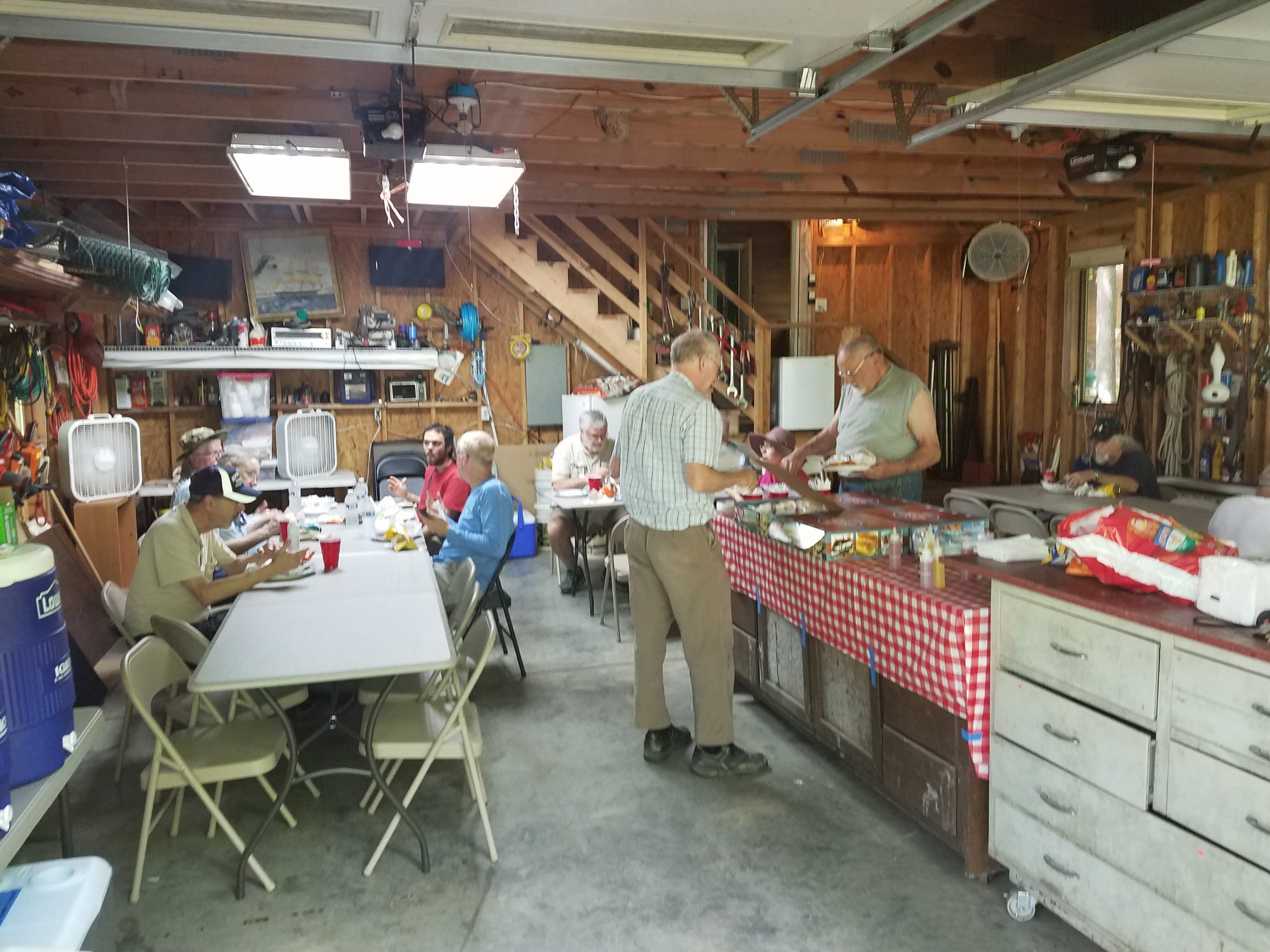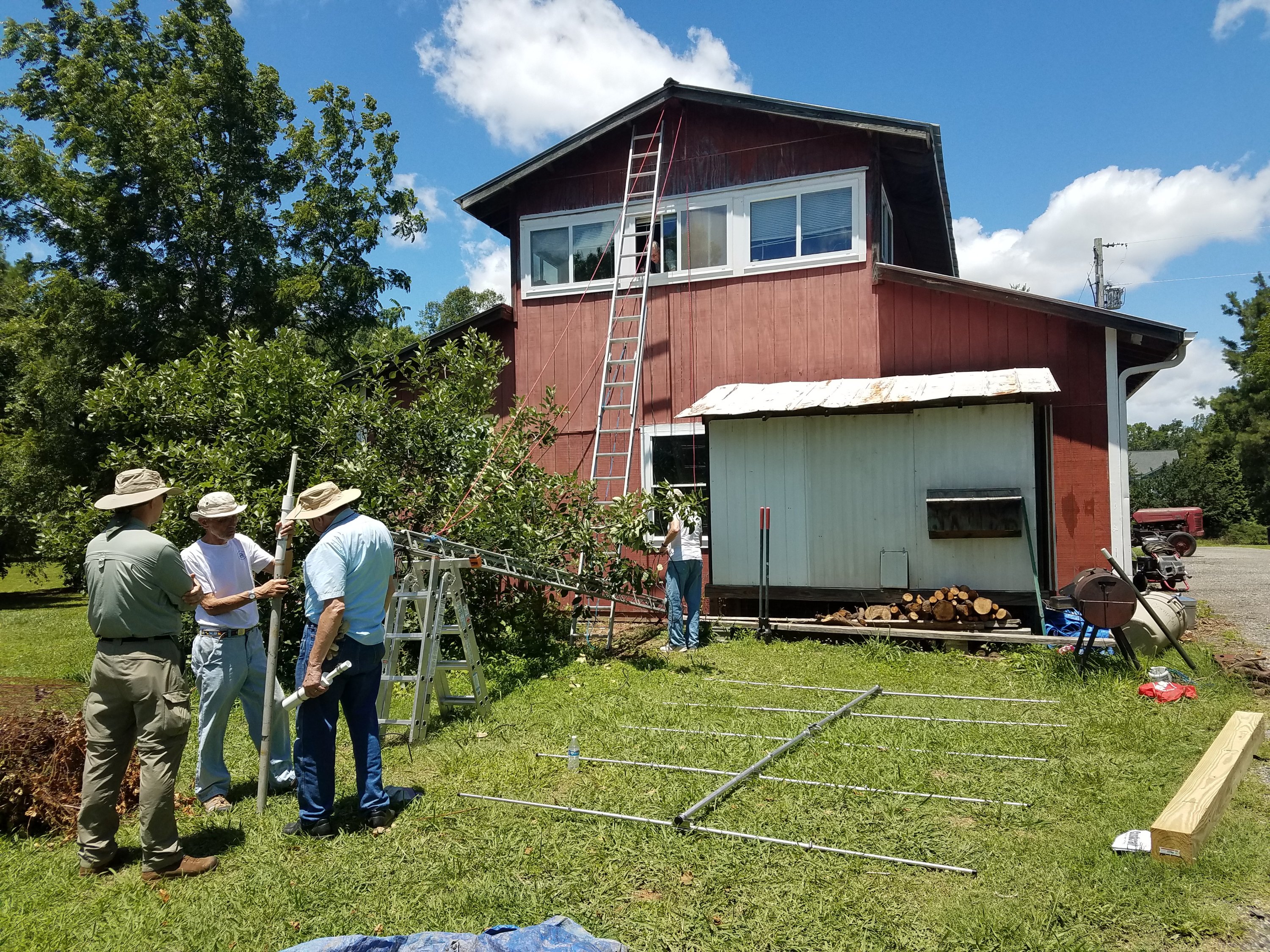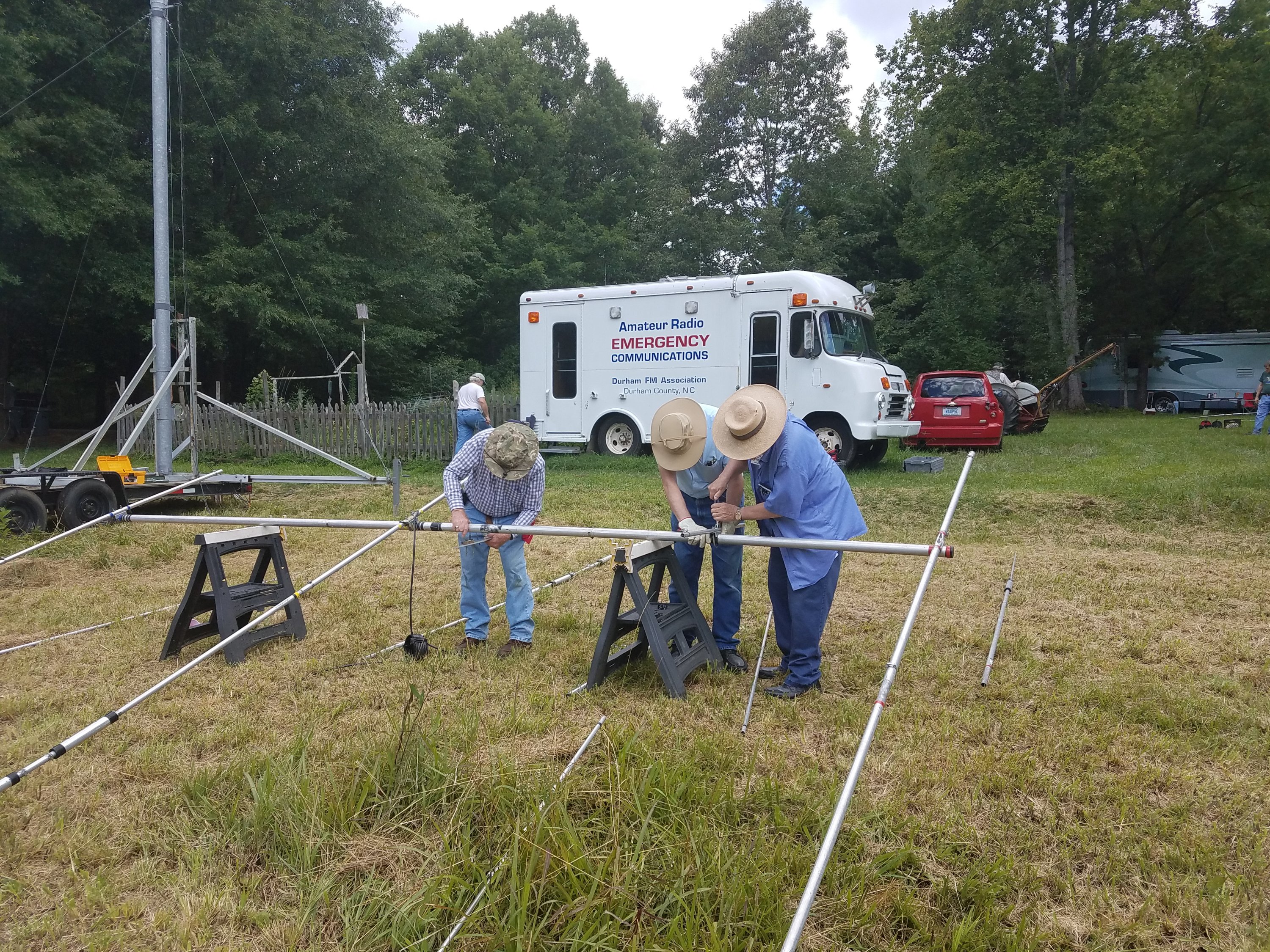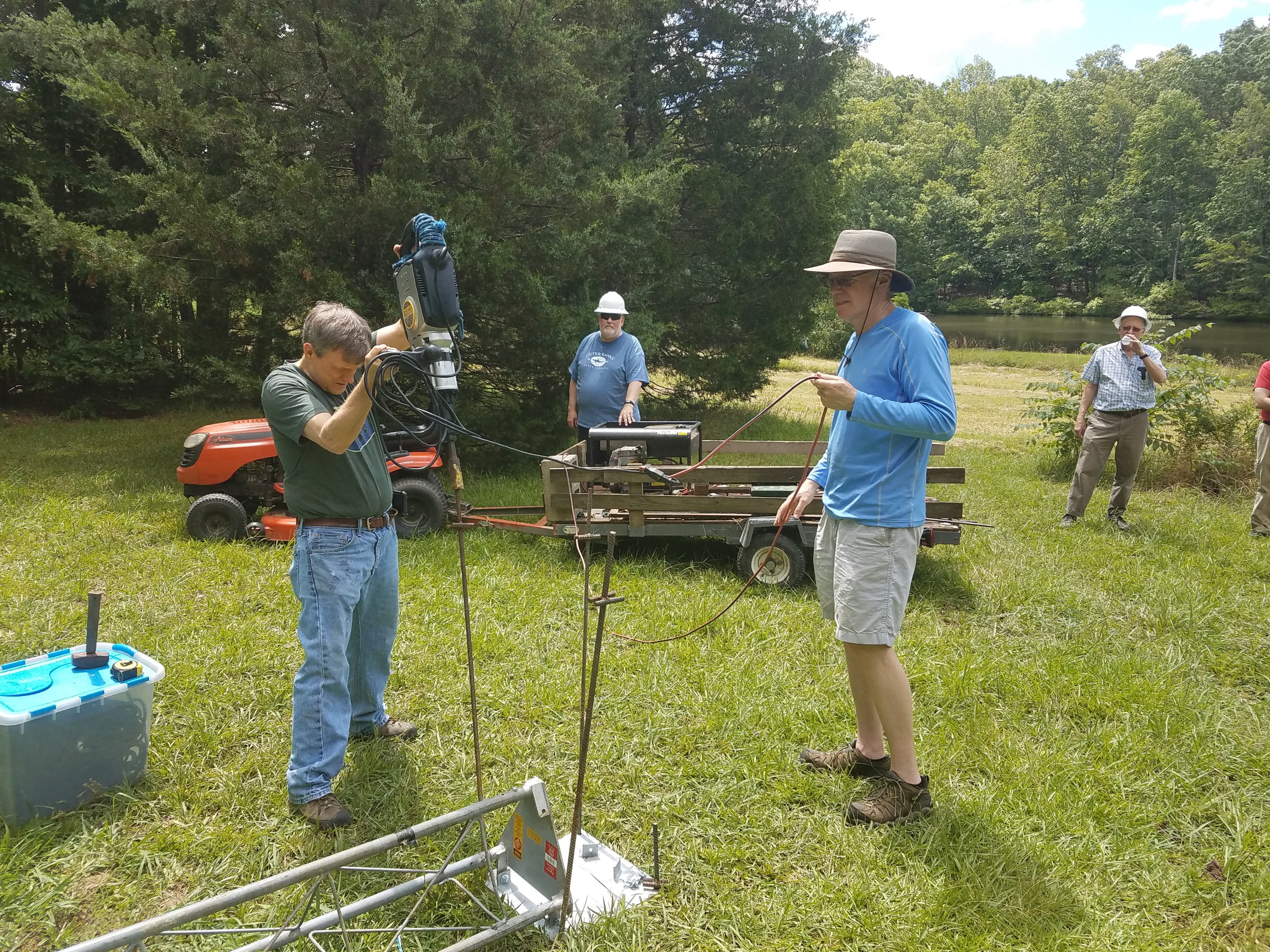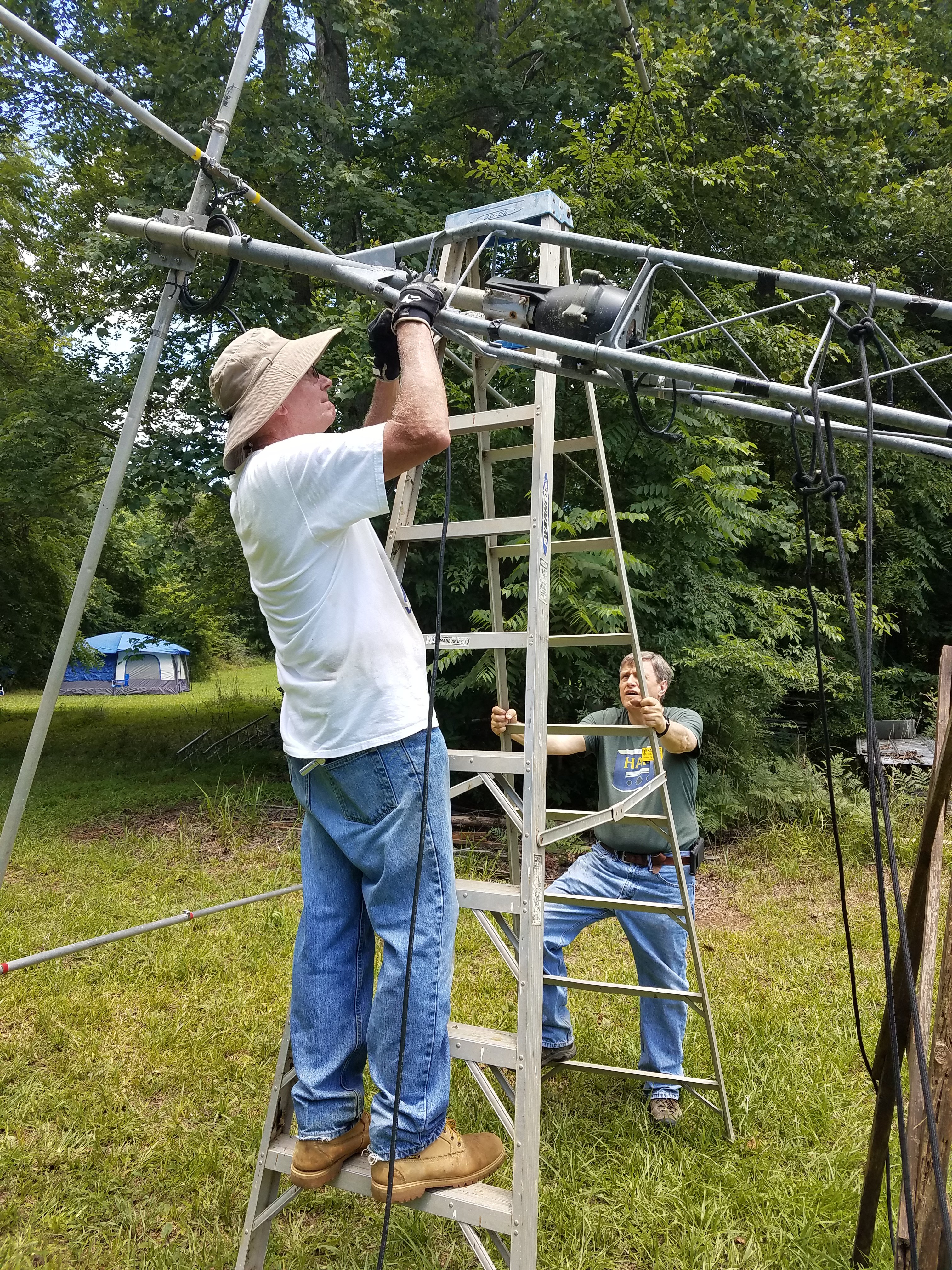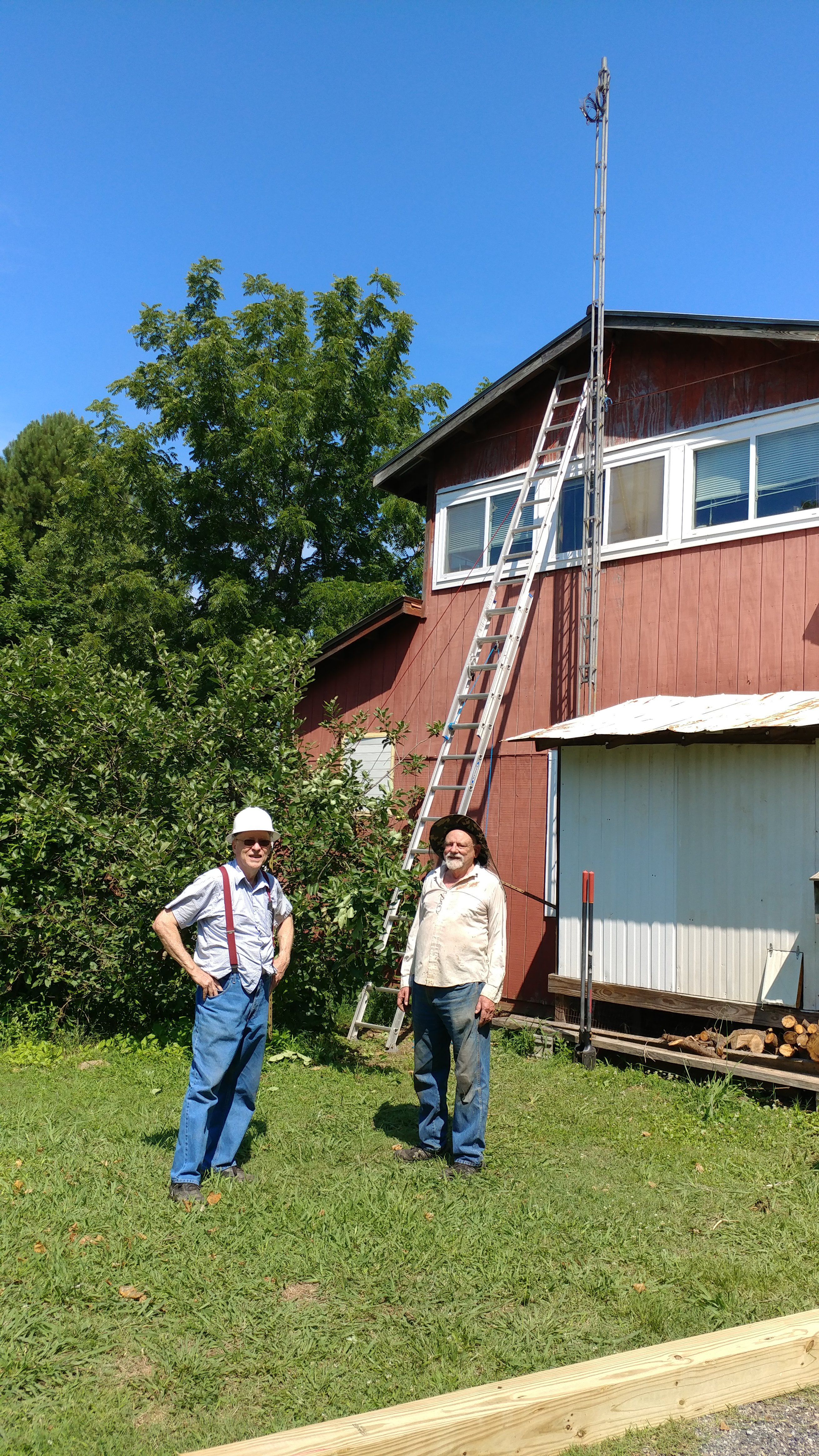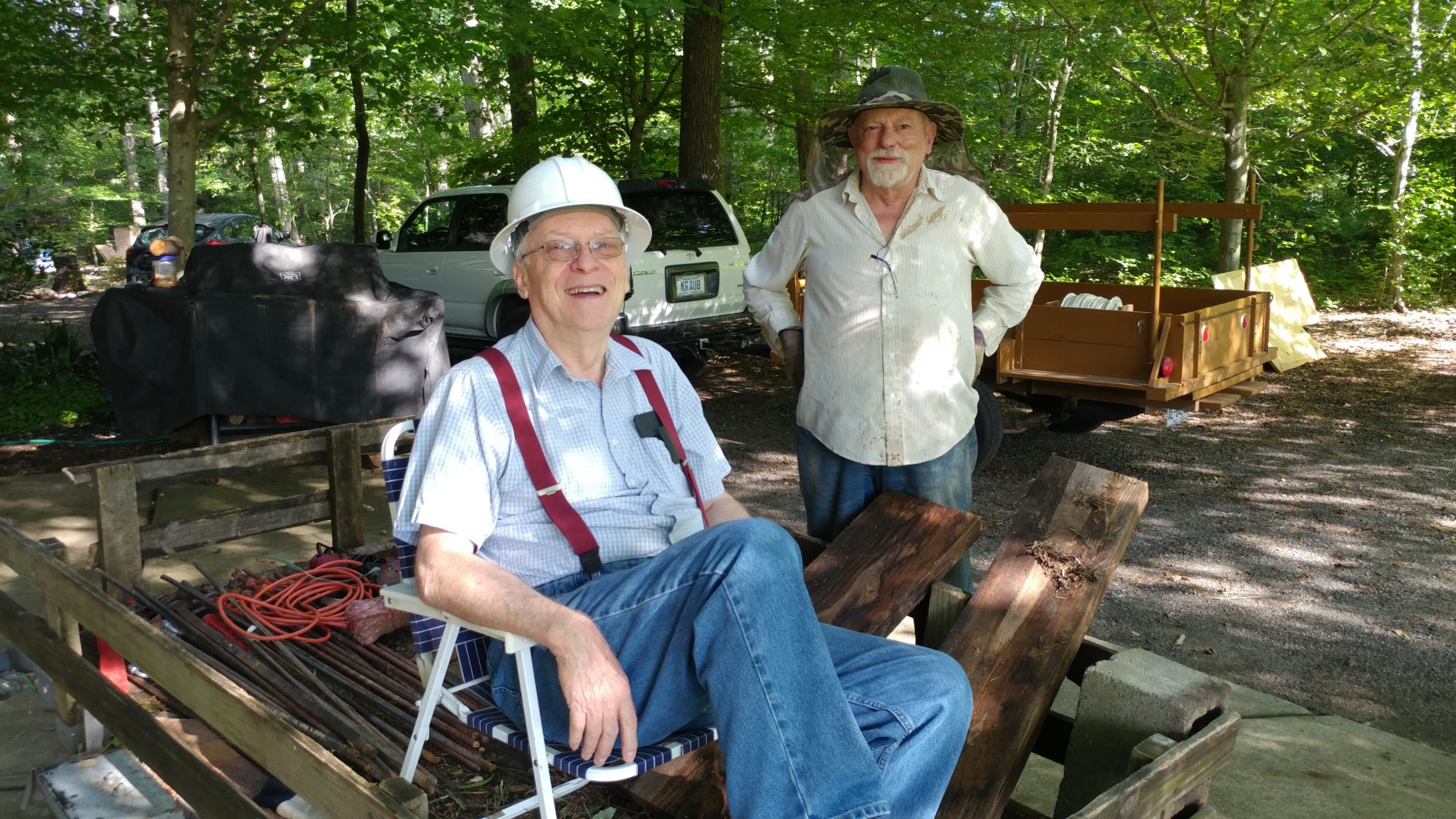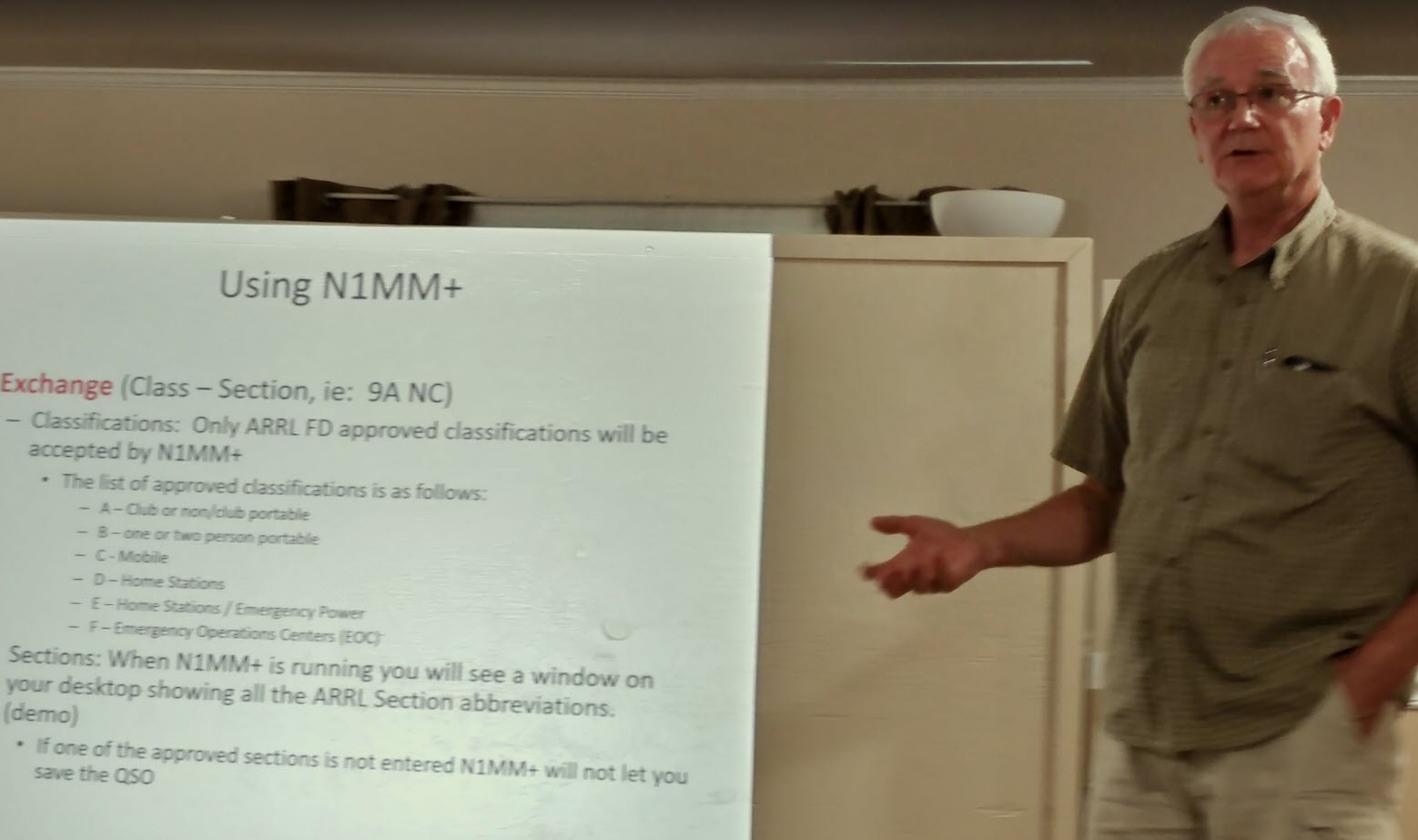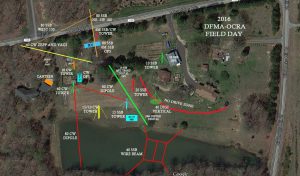More useful information for 2021 Field Day from Dave W4SAR, originally posted June 2020 for our first 1D/1E “at home” Field Day
Hi All from Dave, W4SAR,
In my last post, I wrote a bit about how Field Day works, and what the information exchange consisted of. Here I will talk about recording those contacts, strategies to maximize the number of contacts, and using multipliers and bonus points to get yourself the biggest final score. My next and final message in this series will go over the submission of your final score to the ARRL.
First off, though getting the maximum score you can is the primary goal of any amateur radio competition, it is not the only goal. You need to make it an enjoyable experience for yourself, and learn a few things in the process so you can do it better later on. In other words, don’t obsess about not getting 500 QSO’s, glory in making your first contact, your 10th contact, your 100th. Hey look I just worked South Dakota! Look , I just worked N1LN on three bands! Set yourself some fun goals, and celebrate them with us. We’d love to see how you are doing on Field Day, post messages to this reflector so everyone can see each other’s accomplishments.
Now on to LOGGING:
Logging your contacts:
You need to preserve a record of the contacts you have made, your logging entries will be the exchange information of the stations you had worked, and the time you worked them. It is best to use UTC, Coordinated Universal Time, rather than local time, that avoids the problems of logs listing a variety of local time zones, in short, everyone will be on the same page for time signatures. Field Day will run from 2:00pm local time on Saturday, June 27 to 2:00 pm local time on Sunday June 28. In UTC, that translates to 1600 hours Saturday to 1600 hours Sunday.
If you are logging by computer, make sure your computer is set to the correct local time and date. Electronic logging programs have the ability, based on local time, to correctly record the entry in UTC, but you will need to check your settings to make sure that the time offset is correct.
For those of you performing paper logging, I suggest setting a digital clock to 24 hour format, and then set it to UTC.
Here is what a string of log entries should look like, it will have the time/date in UTC, callsign, station type and location of the station worked:
1601 6/27/2020 N1LN 2E NC
1605 6/27/2020 W2LOP 5A NNJ
1608 6/27//2020 N6HHI 1D LAX
1611 6/27/2020 XE1L 1D DX
1615 6/27/2020 W3AO 45A MDC
1616 6/27/2020 VE1AA 1E GTA
Notice that the locations are abbreviated to 2 or 3 characters. Electronic logging programs will have this standard list ready to plug in (more on that later). For paper loggers, on page 47 of the PDF packet for Field Day is a list of the ARRL/RAC sections and their standard abbreviations, I suggest printing it out for reference. There is a misconception that we may only work stations from the USA (and it’s territories) and Canada. Not so! You will notice a station from Mexico in the list above. Just mark any station outside the USA and Canada as “DX”, if they don’t provide a correct station type, just ask them if they are a home station using commercial or emergency power, and mark it down accordingly, a little bit of work, but it nets you another QSO point.
Electronic Logging:
Likely most of us will do this as it offers a number of advantages, especially when you have managed to work a few hundred contacts. Among those advantages are:
Backing up of information- most will automatically back up at set intervals, Additionally, you can backup to a USB drive as often as you like. I do this on a frequent basis just in case the laptop crashes.
Duplicate checking- When you type in the callsign, it will automatically warn you that you had already worked this station. saving you time so you can move on. If you ignore the warning, most will not let you make the entry.
Autofill- If you have already worked a station on another band/mode, when you type in the callsign it will automatically y fill in the station type and location. Again, a time saver (BTW, working the same stations on a different band or mode is not a Duplicate entry).
Statistics- If it interests you, you can see how quickly you are making contacts and see how many you are making on different bands/modes. A fun one for me is looking at the map of the USA and Canada and seeing it fill in with locations I have worked.
Report generation- I will cover this in my next posting regarding submission of final scores to the ARRL.
By far, the most popular electronic logging programs are N1MM, and N3FJP, there a few others out there , but I am not familiar with them. Those of you who are Excel capable can also like set up a spreadsheet for logging, including Duplicate checking. I will speak to the two I know:
N1MM- Probably THE most popular amateur radio logging program. It is an open-source collaboration, and the price cannot be beat, it is FREE. It is fully capable in dupe-checking and autofill and statistics, you can customize the windows, and generate a Cabrillo file for your report (again, more on that later). If you are new, there is a bit of a learning curve on using it. Bruce, N1LN, is probably our best local resource regarding the use of N1MM. He can answer questions, but with less than a week to Field Day, I don’t see us having much , if any time for a clinic on this. I you want to use it, the download is free, as are any updates. If you already have it,make sure you have the latest update before using it for FD 2020. Keep in mind that when we go back to regular Field Days as a large group, this is the program we will use.
N3FJP- I have used this one for many years, until I started learning to use N1MM for the past few years. As I am operating my station by itself, I am once again using the N3FJP Field Day Logger. It is not free, you can download and test drive it for up to 20 QSO’s, but to validate it for perpetual use, the licensing fee is quite reasonable at $8.99. The interface, in my opinion , is more user-friendly for a new user, the template is dedicated for field day . So just set your laptop correct local date and time, use the settings to input your callsign, station type, and location. Then, just plug in the info from your QSO’s as they come. The report generation id Field Day dedicated, so a summary sheet and dupe sheet can be readily generated for that final submission. I am very familiar with this program and can be a resource if anyone wants to go with it.
One other thing with these programs is to make sure to have it set for input on the same band and mode you are working (i.e. 20 M Phone , 40 M CW, etc). when you change bands or modes on your radio, be sure to match the change on your logging program, or you will have Dupes flagged incorrectly or have new QSO’s with incorrect information. I speak to this from experience.
Paper Logging;
If you just plan to casually work Field Day, and don’t plan on lots of contacts, or just plain don’t want to use a computer while working that radio, you can go old school and just do paper logging. Page 46 of the PDF for the FD information packet (downloadable from the ARRL website) has a logging template you can print out and use. Again , the info is the time of contact in UTC, callsign, station type , location, and what band and mode was used. However, you would be on your own for duplicate checking. If you have a short list, you can just scan it to see if you already worked that station. If you have gone to multiple pages, this is more difficult and time-consuming. The ARRL has not recently added the manual dupe sheet to their info packets, with so many now doing computer logging. However, I have found the old template from years past and will attach it to this message. It is a grid divided up by call sign prefixes and call zones . Just fill in the call sign suffix on the proper grid square. Now you have a quick reference you can scan for duplicates. For the final report, you will have a bit more work than most, to be covered later.
Multipliers:
Each QSO by phone that you log is 1 point, whereas QSO’s by CW or Digital modes count as two points each. Additionally , there is a multiplier applied to these based on power level used and power source. The multiplier applies to the highest power level used by that station throughout Field Day, you cannot break them down between power levels.
5X Multiplier- 5 Watts maximum output at the feedpoint for your coax AND power source other than commercial grid or fossil-fuel driven generators. By definition, this would only apply to Echo Stations (home station using emergency power), or Bravo stations if any of you are doing that. So with a 5X multiplier, each phone QSO equals 5 points, each CW or Digi QSO equals 10 points.
2X Multiplier- If your power output at the feedpoint will be between 5 and 150 watts, the 2X multiplier applies for all station types. If you are a Delta station (home station using commercial grid), your multiplier remains 2X even if you are using 5 Watts or less. Phone QSO’s equal 2 points, CW and DIGI are 4points.
1X Multiplier- Between 150 and 1500 Watts.
The multiplier is up to you, based on your capabilities and strategy. If you have really efficient antenna systems, going for 5X is an option, as that strategy is what helped our FD operation place so high in the rankings. But you will hear a lot of stations that will not hear you.
I personally plan on going with the 2X multiplier, since I only have a G5RV multiband wire antenna and a 1/4 wave vertical for 40 meter digital to use. The strategy is that I’d make more then 2.5 X the number of contacts at this power level to make up the difference from a 5X multiplier at QRP levels.
As for the 1X level, they will be heard! When the lights brown out in Orange County, that is Bruce and Laurie keying down.
Bonus points;
In addition to QSO points, there are bonus points to add to the score (multipliers do not apply to these). The information packet goes into detail on these, I will just do a quick run-through on those that apply to home stations (Deltas and Echoes).
Emergency Power- 100 point bonus for each transmitter using emergency power only for entirety of Field Day (100 points for one transmitter, 200 for two, and so on).
Media Publicity- sending out a notice to news media about your station. You need to retain a copy of the press release and who you contacted for documentation, document any media response. 100 points
Message Origination to Section Manager- report on your station , number of personnel, ARES personnel. Must be sent via RF. 100 points.
Message Handling- 10 points for each message sent through traffic nets, up to 100 points.
Alternate Power- at least 5 QSO’s made using anything other than direct power or battery power derived from the commercial power grid or fossil fuel driven generators. Examples are solar panels, batteries charged solely by solar panels, manually driven generators, fuel cells etc. Document which QSO’s in your log were done vis Alternate power.100 points
W1AW Field Day Bulletin- These are generated by phone, CW and digital modes. Copy must be submitted for documentation. See the ARRL FD Info packet for the schedule. Personally, I use PSK 31 to copy the message, and then cut and paste it into a Notepad file for documentation. If you go by phone, try to record it for transcription. Tip- The bulletin is first put out on the Friday evening before FD itself, it is a good time to catch it and it is perfectly within the rules to do so. 100 points
Elected Official- If you can get one to come to your QTH, document it. 100 points.
Served Agency Official- A visit to your QTH by any representative of an agency served by ARES, these include Emergency Management, American Red Cross, Municipal Fire Departments. 100 points
Youth Participation- 20 points for each operator 18 years of age or younger at your station, up to 100 points total. You must document Name or Call sign and age of each youth op, and document which QSO’s are theirs on your log (at least one QSO for each).
Web Submission- Using the ARRL’s web interface to submit your final score (details later). 50 points.
Other bonus points are available only to Class A, B and F stations. Unfortunately, the 100 point Satellite contact bonus does not apply to home stations. But you do get the hugest of bragging rights.
I will add the ARRL Field Day Info Packet and the Dupe Sheet template to the files section of this IO group. I can also email those directly to anyone that requests them.
Okay, my next and last message will go over the final submission of scores, and maybe a few more operating tips. Stay tuned.
73,
Dave Snyder, W4SAR
_._,_._,_
